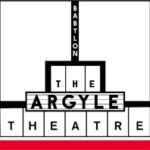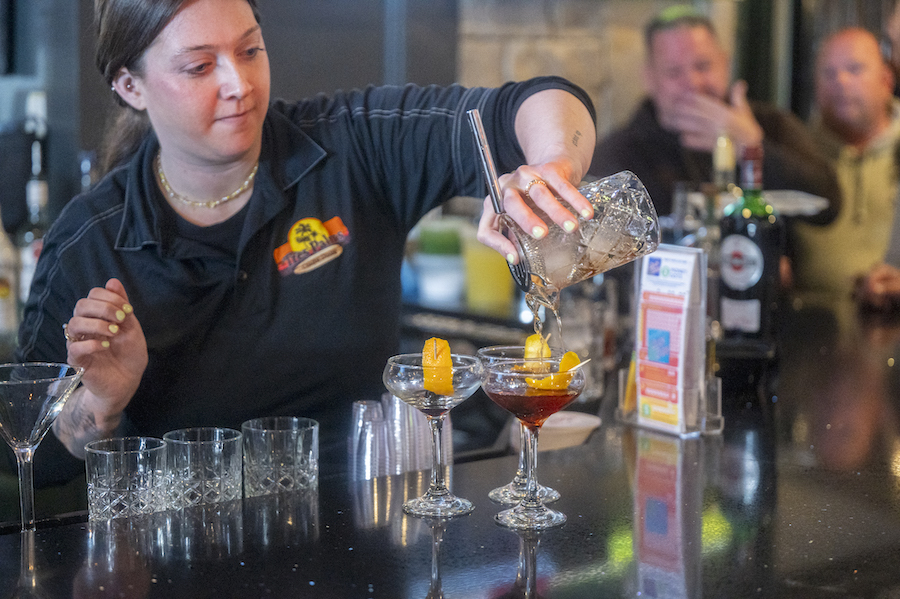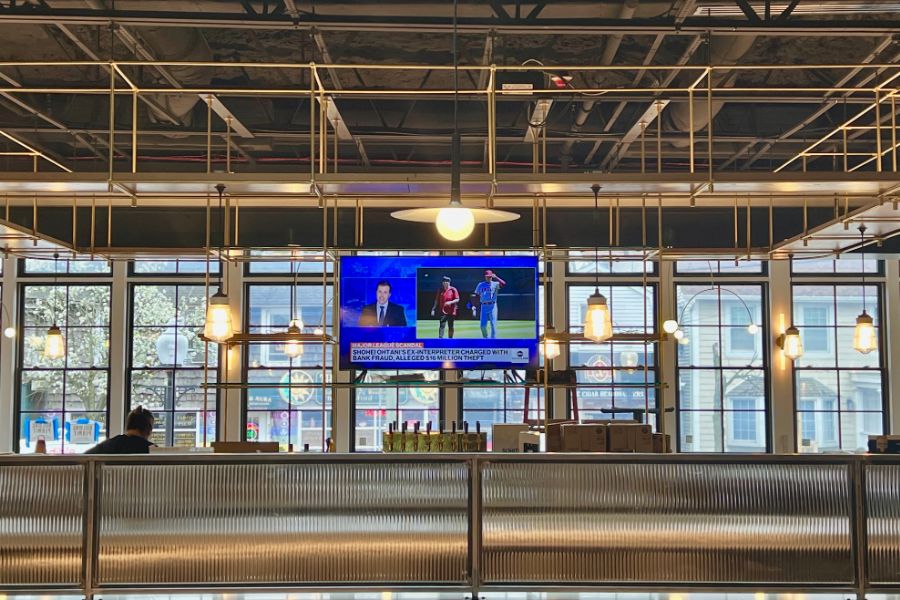
Greater Babylon coverage is funded in part by The Argyle Theatre, where Broadway comes to Babylon. Click here for tickets to ‘A Bronx Tale,’ performing April 25 to June 16.
The American Civic Venice Association is in the beginning stages of restoring Lindenhurst’s Grand Canal into a “living shoreline.”
Last month, the organization received aid from the Town of Babylon to fund the removal of unsafe and damaged seawall and pilings at the entrance of the canal.
Michele Insinga, a civic board member, said the group’s ultimate goal is to revive the ecosystem within the Grand Canal and to protect the surrounding wetlands.
“Our goal is not to restore what once was … a beautiful beach that was enjoyed by the community, but reclaim the area and restore it to a living shoreline,” Insinga said.
Story continues after photo.

A restored shoreline would benefit wildlife and their habitats, create natural flood barriers, and help clean the western area of the Great South Bay, Insinga said.
Erosion has also become an issue in the area, affecting private property and creating shoaling that blocks the end of the Grand Canal where sand migrates.
The American Venice Civic Association hopes to prevent this erosion through its restoration efforts.
The Grand Canal is a gateway to the Great South Bay — just off Montauk Highway in Lindenhurst. Drive down West or East Rivera Drive and at the end of the narrow waterway the mouth of the canal opens up into the bay.
The circled area in the following photo is the western part of the Grand Canal that the group is currently working to restore.
The circle in the center is where a gazebo once stood, almost 100 years ago.
Story continues after photo.

Over the past several weeks, the association has met with local scientists through the help of Thriving Earth Exchange to explore solutions that would reclaim and beautify the area.
Thriving Earth Exchange is a program within the American Geophysical Union that collaborates with communities, scientists, and elected leaders to tackle local challenges, advance community science initiatives and create effective solutions.
American Venice received a grant from the organization for its Grand Canal project.
Kai Greenlees, a community science fellow with Thriving Earth Exchange, was paired with American Venice to identify expert scientists that can help the association and the wider community with their vision for the project.
“It’s really a community-driven initiative, and Thriving Earth Exchange is just there to support their vision,” Greenlees said.
Greenlees said the partnership will last between six to 18 months.
Thriving Earth splits up any project’s timeline into three phases: scoping out the project in the community, matching scientists with the project’s team, and finally the solving stage, which is actually carrying out the project.
She said the project is currently in the identification stage of what the team can get done in that timeline.
“We’re still really early on in the process, but it’s exciting because it’s already a lot further on than some other projects at this stage are,” Greenlees said. “They have such a clear vision for what they want to do.”
Thriving Earth and the American Venice Civic Association will also be partnering with Adopt A House, the Anthropocene Alliance, and its director, Harriet Festing, and Dr. Kathleen Fallon of Stony Brook University.
Dr. Kathleen Fallon, professor at Stony Brook University, will use her background of coastal processes and hazards to help identify what Thriving Earth and the association could do for the mouth of the Grand Canal.
What follows is securing the right permitting, talking to stakeholders in the community, and policymakers.
Fallon is also a marine coastal processes and hazards specialist for the New York Sea Grant, which is a federally and state-funded organization that works with stakeholders to support research efforts, provide educational resources, and the science-based, technical information that communities such as Lindenhurst are looking for.
NY Sea Grant is a non-advocacy organization, so it does not sway stakeholders into a solution, but rather provides the information they need in order to make a science-based decision.
About a year ago, Fallon hosted a resiliency forum at Babylon Town Hall in Lindenhurst, which members of the American Venice Civic attended.
Those at the meeting talked about the risks of living on the shoreline and provided information on how to decrease the risk.
The association asked Fallon to present this information to the organization, and she did so this past February.
A member of the organization reached out to Fallon last month to see if the professor would be interested in getting involved with the Grand Canal project.
“It was such a pleasure to work with them in the past, so I immediately said yes,” Fallon said. “It’s really what New York Sea Grant does — being able to work with a community that is trying to do some sort of restoration project or shoreline management.”
Fallon’s role in the project is to be determined, she said, but she will remain a resource for as long as the group needs her.
As of right now, she will help by providing them with information on how to conduct a shoreline restoration project, where to go for permitting, and so on.
“I’m happy to be involved as long as they need me,” Fallon said.
Story continues after video.
Fallon said she thinks the community’s investment in the project is exciting and a great educational opportunity.
“I see great benefits of having a whole community involved in a project, rather than one person piecing things together and it’s a great educational opportunity,” Fallon said. “I see that being one of the assets that NY Sea Grant can bring to this project, is being able to educate a large group of people about what’s happening in their community, why is there flooding, what is going to continue to happen, we are doing this in order to mitigate it and this is how it’s going to work.”
Libertella said in addition to the Grand Canal project, the American Venice Civic Association is urging Suffolk County to reclassify Indian Island — located just east of the Grand Canal — as a preserve and a true wetland, instead of a county park.
This reclassification would protect inhabitants from development and other “more active park activities versus passive, or what’s already occurring as it has for decades.”
Other points of discussion include the idea of ecotourism, like kayaking from the living shoreline to Indian Island, as well as passive use while protecting wetlands and providing habitat that Libertella said is non-existent in southwest Suffolk.
The Town of Babylon is in support of the American Venice Civic Association and the group is working with them to receive a National Flood Insurance Program (NFIP) “open space” community rating.
Greenlees is an outsider of the community, but the Grand Canal project is still exciting for her because of the immense community support around it.
“Regardless of the political will and support that we need to get there, the fact that so many people are behind it at the grassroots level is really empowering,” Greenlees said.
“That in itself is the definition of community science.”
Continue to follow GreaterBabylon for updates on this project and for more information, visit the American Venice Civic Association’s website and Facebook page.
Top: Photo of the Grand Canal provided by The American Venice Civic Association/Facebook.
























